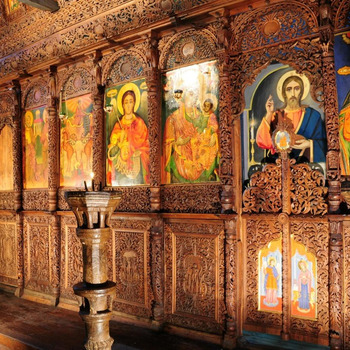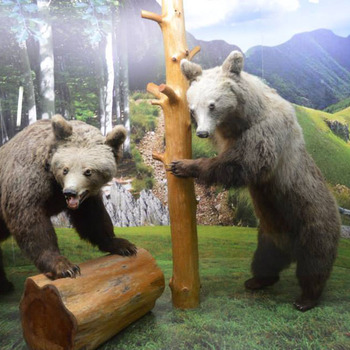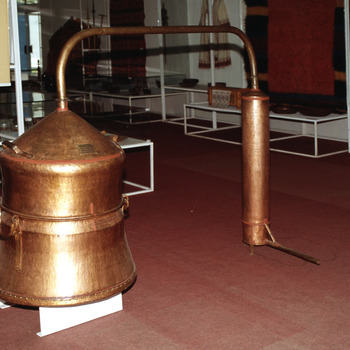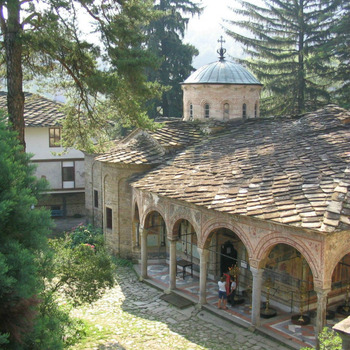Church of St. Nicholas Letni
Overview
The Church of St. Nicholas Letni (built in 1838) in the village of Gumoshtnik is part of a Revival architectural complex of historical and artistic value and has been declared a cultural monument.
The church has three naves, with a stone roof and up to 1.5 m thick walls. The grandeur of the church is enhanced not only by its size, but also by the way it is built and its interior decoration.
The church iconostasis is extremely beautiful - a true masterpiece of Bulgarian carving art from the Renaissance. It is the work of masters from the village of Novo Selo - Nikola Mateev and his son Yonko. The 12 compositions with biblical scenes, which are located at the base of the altar, have a particularly strong impact.
The visitor's attention is drawn to the rarely presented scene of a lion trampling the figure of a man fallen to the ground with a fez rolling next to him, which researchers interpret as a symbol of the belief that the Bulgarian lion will defeat the Ottoman conqueror.
The fruit of syncretism in our Revival art are the so-called "teachings" in the iconostasis. Shown is a bartender with a barrel on his neck and a miller with an oat millstone on his neck. The master violated the traditional scheme of the Revival iconostasis by placing in the center two figures well known from the Revival frescoes, representing scenes from the Last Judgment and more precisely the torments of sinners.
The icons in the church are very exquisite and extremely well preserved. They were painted by the painter Atanas Minchev from Batoshevo, Naum and Nencho Ilievi from Debar region, Pencho h. Naidenov, Simeon Tsonyuv from Tryavna.
In the churchyard is the only surviving cell school in the Lovech region (established in 1829). During its existence, the school has operated for more than 100 years and as a secular. It was restored in its present form in 1979.
In one of the rooms of the cell school a reconstruction of a classroom from that time was made. Shoes with sand (used by primary school students for writing and easy rubbing of writing), tiles with narrow and wide rows on one side and squares for counting on the other, school supplies from that time - cuttings, inkwells, etc. are shown. Among the exhibits is the textbook from 1896.
On the first floor of the building of the cell school is arranged a museum collection, tracing the history of the village of Gumoshtnik. Exhibited are objects from the life and way of life of the local population (buckles, caterpillars, paralia, hurkas, sickles, palamarks, etc.), artifacts found during archaeological excavations of Thracian mounds in the area, documents related to the Titanic villagers killed and killed in the various wars for the liberation and unification of Bulgaria.
Recommended
- Crafts Museum
- Troyan monastery
- Natural Science Museum - Cherni Osam village
- Skoka Waterfall - the village of Kaleytsa
- Sostra Fortress
- Ledevoto Dam


 Bulgarian
Bulgarian Romanian
Romanian




